I want to make a digital circuit that produces a pulse 1 clock period in duration whenever I see the input to the circuit go HIGH. I only have a flip-flop, an AND-gate, and an inverter. How do I achieve this?
I'm familiar with edge detector circuits like the ones seen here, but such circuits don't necessarily produce an output that lasts for 1 clock period.
My first attempt at a solution was the Rising Edge Detector circuit found in the linked above document. Here's the picture:
However, this circuit will not produce a pulse of sufficient duration:
The stage after this circuit is a counter that should increment when it is enabled by the pulse generated in the circuit to be designed.
Edit: This problem cannot be solved by a traditional edge detector circuit since it doesn't produce a 1 clock cycle duration pulse.

